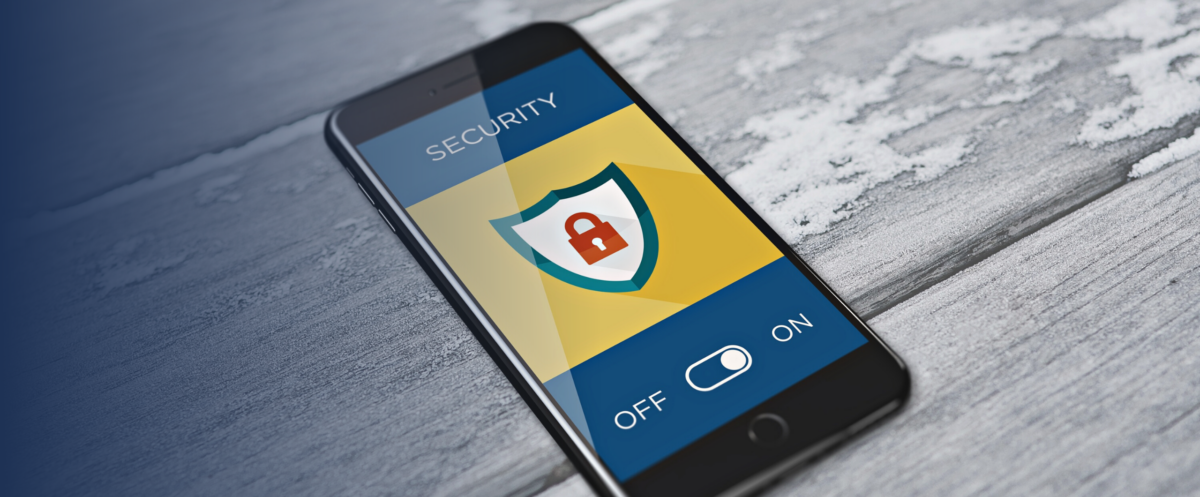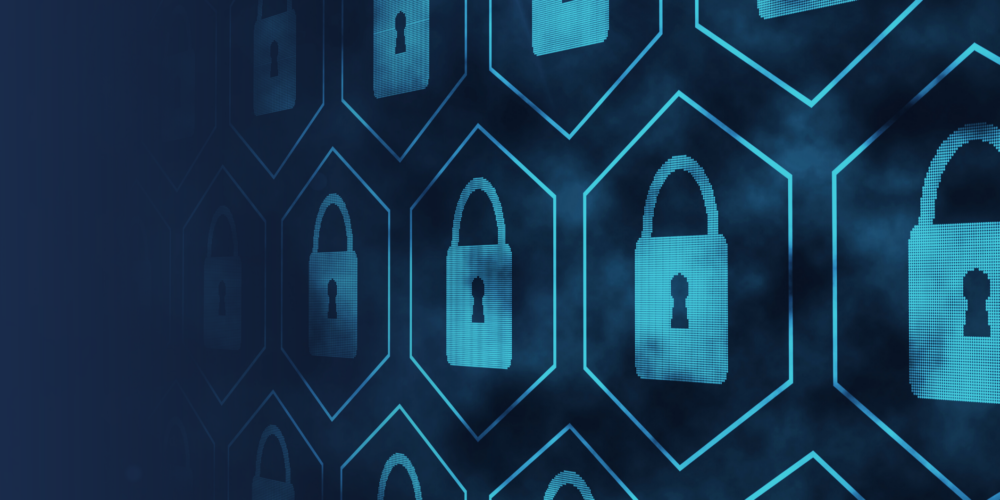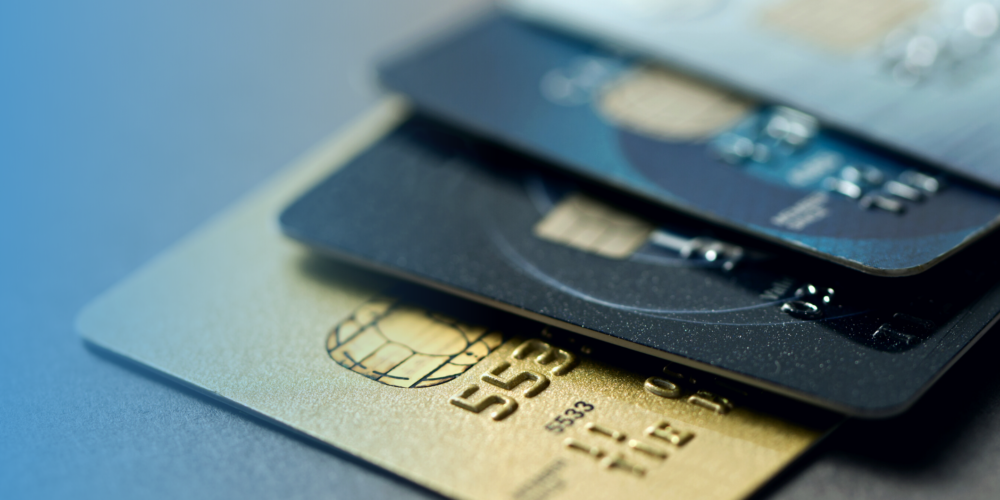In order to protect your customers, you need assurances that the data governing your business operations is safe from prying eyes.
End to end encryption (E2EE) is one way in which it’s possible to protect digital interactions from outsiders who seek to gain access to the content of those interactions. At its most basic, end to end encryption means that, from the moment digital data is sent, up to the point where the recipient can access that same digital data, it has a set of security parameters that protect the data from outside analysis or interference.
It helps to think of it in a physical sense: imagine you’re putting a top-secret message into a small, lockable safe. You turn the key to lock it up tight, then send it through the mail. The recipient is the only other person with the key, and when they receive the safe, they unlock it. The nature of the lock means that it’s protected while in transit.
It works the same way in the digital space. The data is sent from a sender, let’s say an email address, and can only be opened by the recipient’s email address. The sender encrypts the message, sends it off, and only the recipient can decrypt the message.
Pretty straightforward, right? Where it gets complicated is in the breadth and depth of information that needs to be encrypted for business operations, and the potential areas of weakness that can still be exploited, even within an E2EE environment.
What does end to end encryption mean for your business? Keep reading to find out.
What Is End to End Encryption Data?
When most people think about the transmission of digital information, they think about something straightforward, like the contents of an email. But that’s only the tip of the iceberg when it comes to the kind of data that can (and often needs to be) encrypted:
- Internet traffic, including browser history, cookies, IP address, and more
- Audio and video from streaming applications
- Unique user engagement data (i.e. ensuring others can’t see what you’re accessing through an account like Facebook or Twitter)
- Payment card processing
- Banking transactions
The above list starts off light, with information that may or may not be encrypted and that, if you weren’t keenly aware of and concerned about privacy rights, you might not care about. But then you get to the last couple bullets and can see just how critical end-to-end encryption is.
If a business doesn’t take the steps necessary to protect data, especially cardholder data that’s essential for payment processing, they can be subject to a potential breach and all the attendant legal exposure that would create.
It’s therefore imperative to conduct a thorough accounting of your operations to make sure everything has end to end encryption as a bare minimum for security. Does every computer, tablet, and piece of software contain E2EE protocols? Does every POS system have E2EE? What about internet traffic routed through your WiFi system? All can benefit from some degree of end to end encryption.
Flaws That Need to Be Addressed
This isn’t to suggest that end to end encryption is a perfect system. It has its flaws just like any other technology.
For starters, end to end encryption will never be able to take into account exploitations that exist outside the digital world. A customer who swipes or inserts their credit card is protected, but if they have to pass the card to a server to be taken to a POS system, that credit card is at risk while in transit. So all digital protections must always be coupled with training and strict rules for handling sensitive data before and after the data is put into the POS system.
There’s also the matter of data storage. Many businesses don’t want the liability associated with the storage of sensitive data, including payment processing information, and with good reason. End to end encryption deals in the transmission of information, not necessarily the storage of it, which comes with its own security needs. That’s why you see so many businesses turning to services like AWS and other cloud providers.
And finally, for the biggest risk associated with end to end encryption, look no further than the recipient of the data. The data can only be decrypted by the recipient’s email address, but what happens if that email address is hacked? Suddenly a bad actor has access to the data. It would be like if, in the safe-in-the-mail analogy, someone stole the recipient’s key and intercepted the safe. They’d be able to unlock it, meaning end to end encryption didn’t protect that data after all.
It’s this precise risk, that the data recipient, i.e. the business, will be compromised, that leads most businesses to opt for point to point encryption, or P2PE. While similar to end to end encryption in many respects, there is one key difference: the recipient cannot decrypt the data.
This is great for security, because it means that even if an account or business operations are compromised, cardholder data will not be. It’s the difference between seeing and storing credit card information and simply processing that information, with those details never once entering the purview of the business.
End to end encryption can mean a lot for a business, but it’s only the start, and it can’t provide the ultimate level of protection most businesses need. For that, you need P2PE.
To learn more about E2EE, P2PE, and to get an accurate assessment of where your business operations currently stand and just how protected you and your customers are, contact Logic Shield. We can evaluate your E2EE processes and highlight where you might need more protection.





